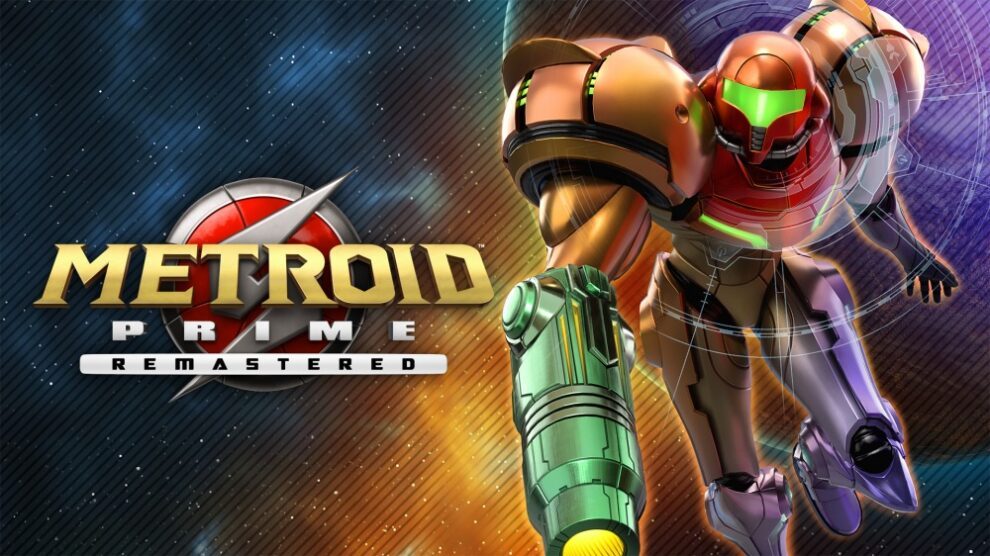
In 2009, some idiot from a major mainstream site referred to Metroid Prime as the “Citizen Kane of video games”. It will forever be unclear what that statement means, but it probably was just a dumb and roundabout way to express how good Metroid Prime was and how timeless it is.
Metroid Prime was a risk for Nintendo. Retro Studios was an unproven developer who had a troubled development with the game. The Metroid franchise overall was never a big seller for Nintendo. The Gamecube’s controller cast doubt that a good first-person game was possible. Everything about this spelled disaster for everyone involved, and yet it is hard to imagine it because Metroid Prime was a huge success in all ways possible.
Metroid Prime, like Super Metroid, has managed to achieve a mythical status as a universally beloved game by almost everyone who has ever played it. It’s become harder to find viable ways to play it. Out of the blue on a Wednesday in February 2023, Metroid Prime Remastered showed up. Could it be that one of the greatest games ever made got one of the best remasters? Find out in this Metroid Prime Remastered Review!
This is a review coupled with a supplemental video review. You can watch the video review or read the full review of the below:
Metroid Prime Remastered
Developer: Retro Studios
Publisher: Nintendo
Platforms: Nintendo Gamecube (as Metroid Prime), Nintendo Wii (as part of the Metroid Prime Trilogy), Nintendo Switch (reviewed)
Release Date: February 8, 2023 / November 18, 2002
Players: 1
Price: $39.99 USD
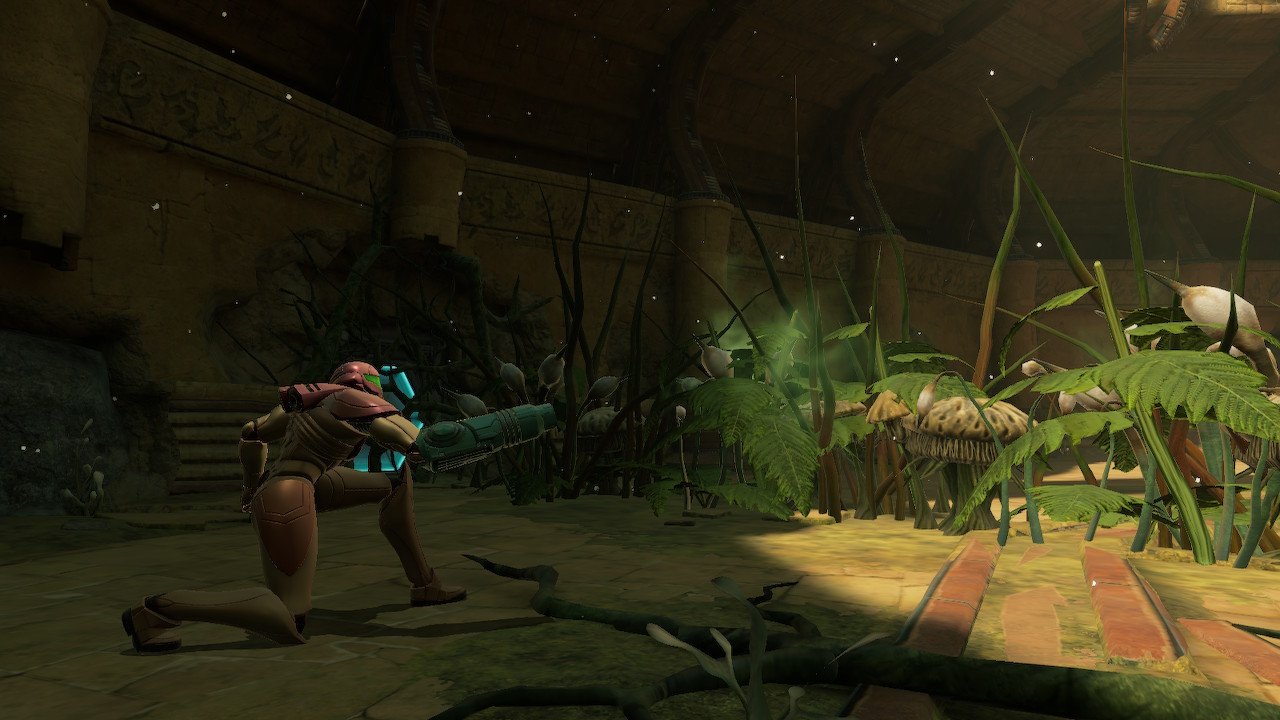
Metroid Prime Remastered is a miracle in more ways than one. On one hand, it is hard to believe that Metroid became a good franchise at all considering the quality of the first and second games. On the other hand, Nintendo has been very hit or miss with their remastered content.
Super Mario 3D All-Stars was a very lazy emulated conversion. The Legend of Zelda: Skyward Sword failed to deliver a competent control scheme which resulted in a much worse experience from an already divisive game. The hope of Metroid Prime Remastered being great would be met with skepticism. Just like back in 2002, it beat the odds and somehow came out way better than anyone could have expected.
For the uninitiated, Metroid Prime Remastered is effectively a reimagining of Super Metroid as a first-person shooter. Back in the day, nobody could imagine what that would have been like, yet this game pulled it off with aplomb. The sheer confidence it achieves in its goals make it seem effortless and obvious, yet there are so few games like Metroid Prime, other than the sequels.
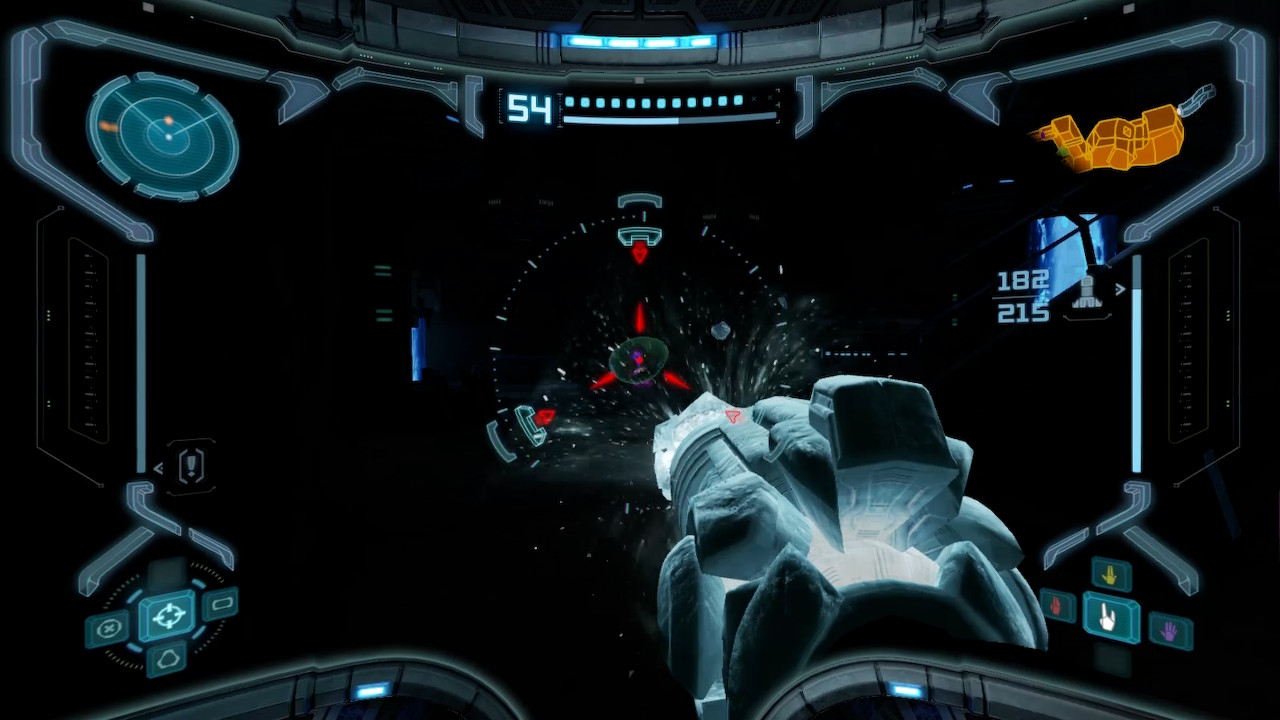
Metroid Prime Remastered takes an already awesome action-adventure game and gives it a dazzling new coat of paint. Every piece of 3D geometry has been remodeled and all textures are redone. Modern graphical flourishes like post-processing effects have been added alongside improved lighting.
On top of all of this- the image quality is now about 900p and the frame rate is still 60 fps like it has always been. There is never a moment when this game hitches or stutters. It is rock solid and is still an engineering marvel.
Metroid Prime has many aspects in it that all come together that make it more than the sum of its parts. The level design is sprawling and always has routes that lead back to areas that fork to other regions. Combat is snappy and less focused on being accurate and more about being mobile and paying attention to the enemy.
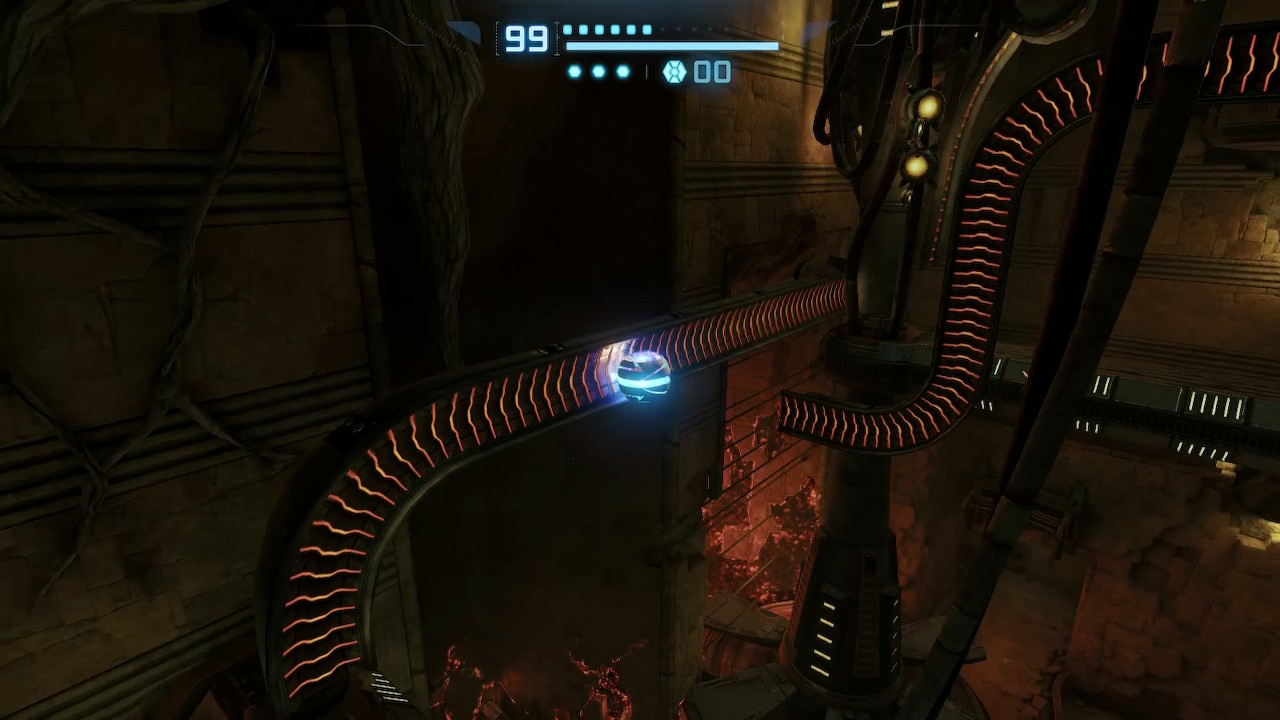
The exploration and atmosphere are other critical pillars of Metroid Prime. For a game from 2002, the original version still looks really good and holds up thanks to the deft art direction that truly feels alien and surreal. Metroid Prime Remastered is one of the most impressive artistic achievements for being so utterly faithful. This is the kind of improvement that makes it hard to go back.
The surreal ambient music went a long way toward enhancing the experience too. Some samples and melodies kind of sound like something out of The X-Files. It is as if Kenji Yamamoto did the music to Super Metroid but it was going to have CD quality audio, but also decided to get more experimental. It veers into something spiritual at times, with how the chanting and vocals give an ethereal tone to the music.
The atmosphere has been maintained and is chockfull of minutia that was implied on Gamecube. Stone surfaces are much less flat and resemble eroded and ancient rock formations. Objects that were intended to have rounded edges, like parts of Samus’ suit or the architecture of some of the locations, are round now.
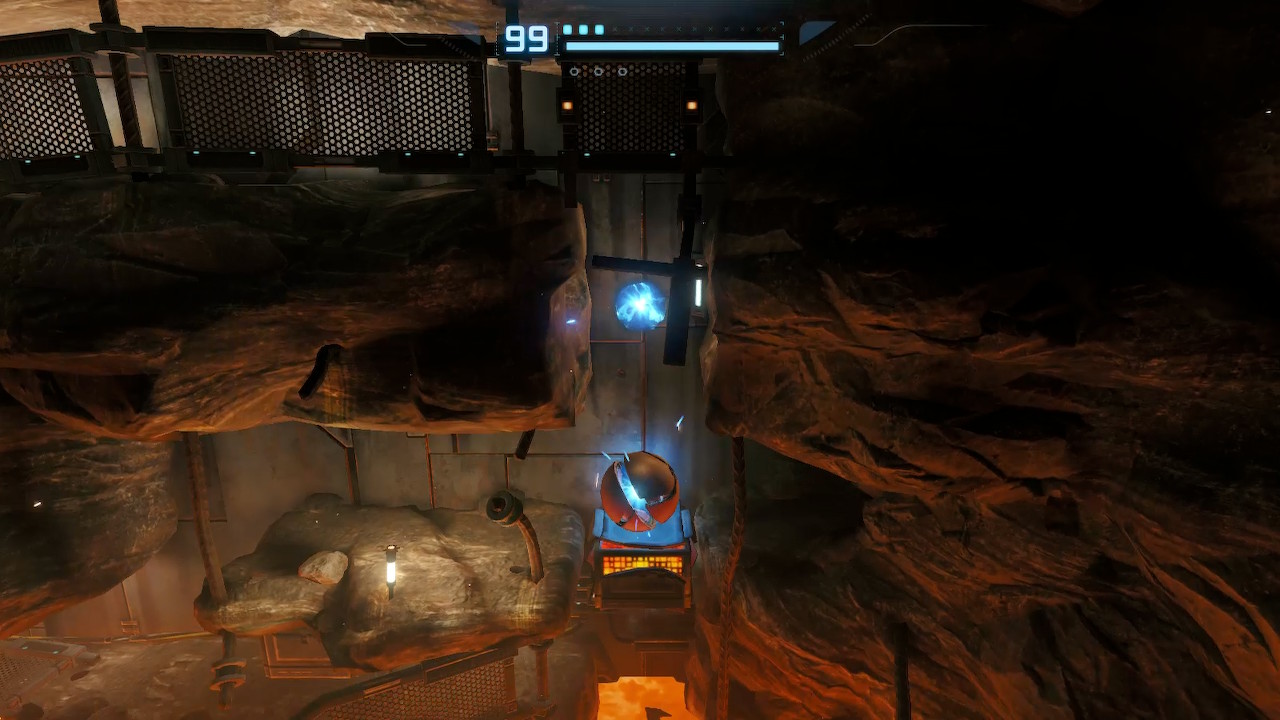
Smashed and shredded debris is fully rendered and modeled. The derelict Space Pirate craft feels like it is in a more defined state of disrepair. The crash site is littered with more junk to make this specific setting feel more like a crash site. Surface detail that was originally just a texture is now a 3D mesh. The list of changes is seemingly endless, and yet none of them feel inferior to the original.
There is one issue that may raise some fans’ concerns and that is tied to the doors. These look significantly different and even the engineer who developed the way the doors work has expressed disappointment over their appearance in the remaster. If you didn’t know, you probably would have never noticed.
Considering the insane attention to detail, it is likely this was a deliberate artistic change to make them more readable. Aside from a mirror that does not reflect Samus’ reflection, these are the only departures in Metroid Prime Remastered. These drawbacks are so minor compared to the staggering visual improvements, that it is hard to worry or care about them.
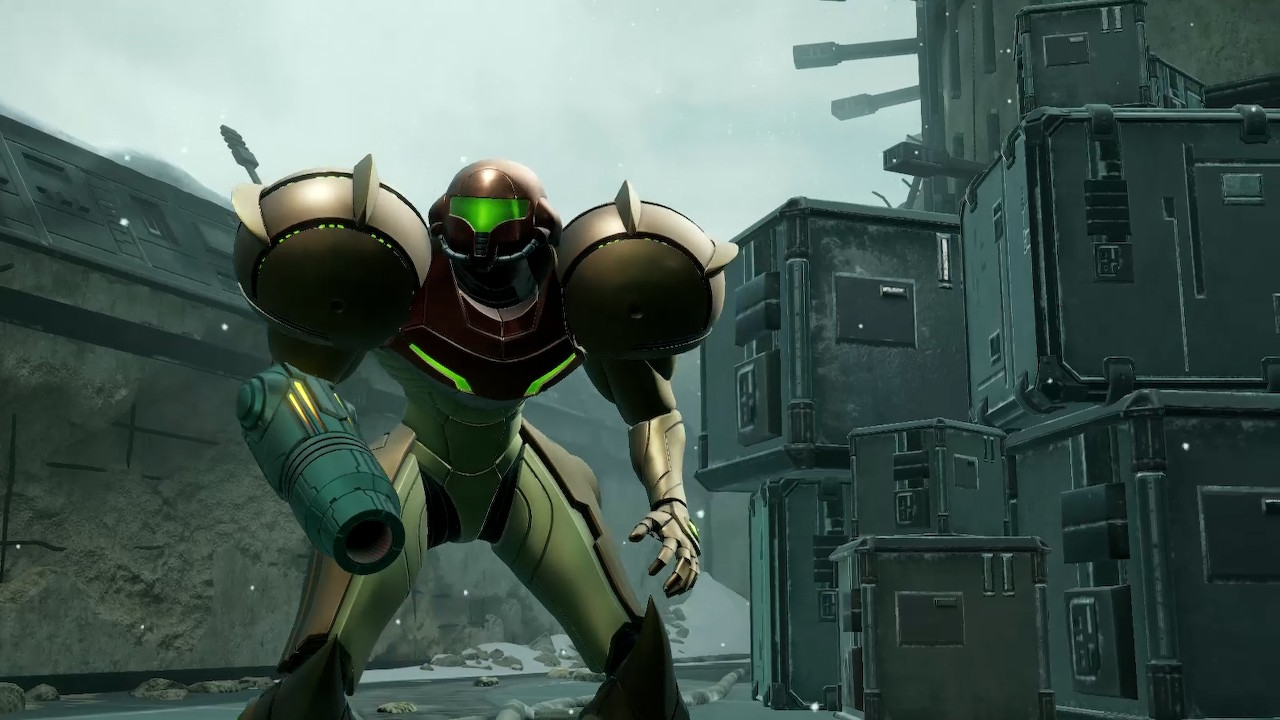
The lighting and materials in Metroid Prime Remastered are easily the most significant improvements. The original game’s designs and models didn’t need to be updated, but the way how light reacts to certain surfaces and how things glisten, glow or reflect light is transformative to the atmosphere.
There are also more convincing atmospheric effects that improve the immersion. Diffused fog in the musky jungles of Tallon IV makes the environment feel itchy and oily- dirty kind of, but real too. You can even make out the raindrops drizzling and moving realistically on Samus’ arm cannon, depending on how high or low it is aimed.
Samus’ visor HUD was a major immersion element in the original and it has been faithfully improved upon in Metroid Prime Remastered. The condensation effects, breath, and frost that appear on this simple graphic overlay went a long way toward making the experience more immersive, and in this remaster, they’re more detailed and in higher resolution than ever.
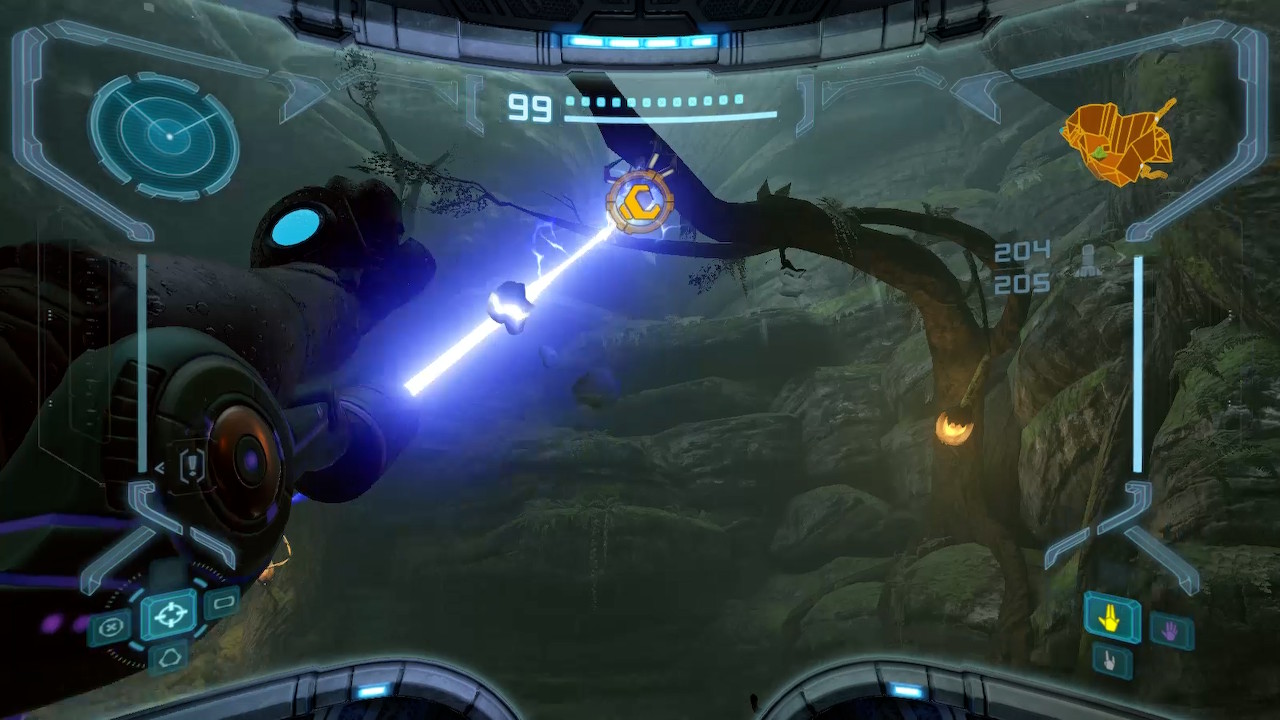
Metroid Prime Remastered stands out as the most lovingly crafted remaster produced by Nintendo. The boys at Retro Studios didn’t have to do much to improve it, but they went the extra mile and their efforts make this sixth-gen game look on par with ninth-gen games.
If Retro Studios and Nintendo didn’t change the visuals at all and if Metroid Prime Remastered was a simple up-rez, it would still be a compelling and engaging first-person action-adventure game. The core game is still as engrossing as ever and when you get started, it is still hard to put down.
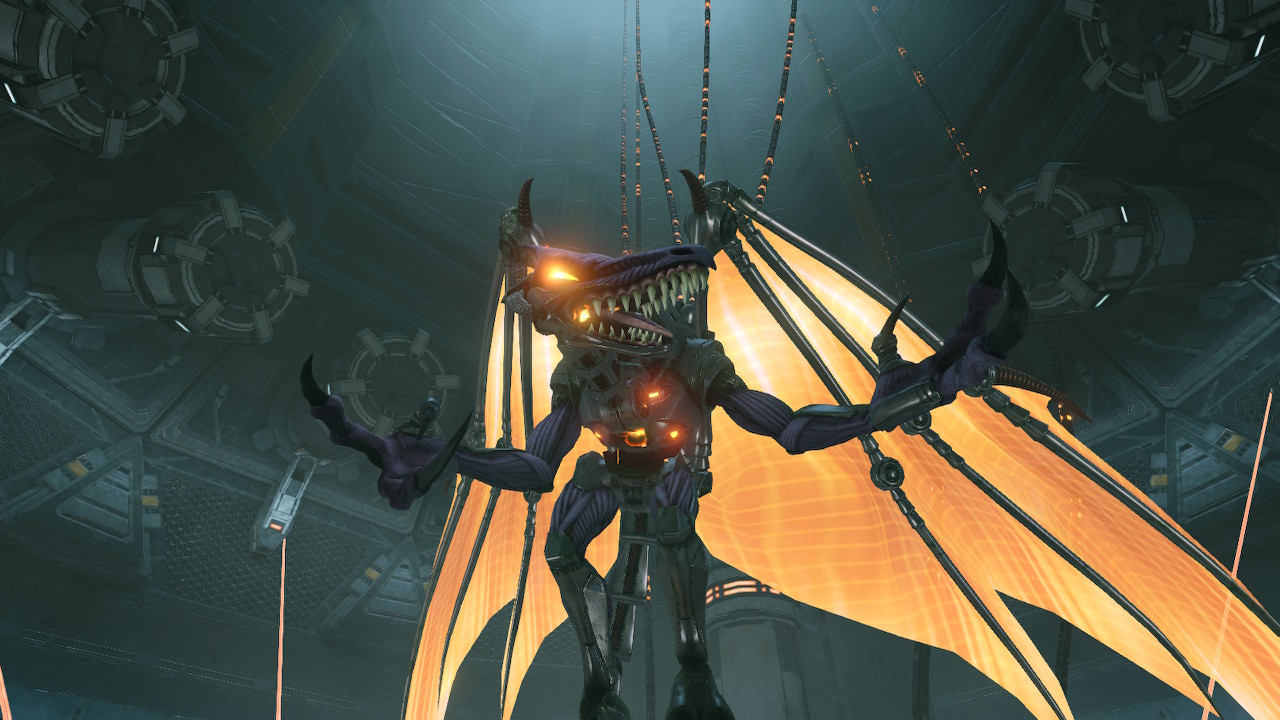
Before Metroid Dread came around to mix up the narrative, the plot in Metroid games tended to follow a basic formula. Metroid Prime Remastered is beat-for-beat, a remake of the Super Metroid scenario: Samus goes to a space station, has an encounter with Ridley, and chases him to the nearby alien primordial planet.
When Samus arrives, it’s raining, she fights a massive plant monster, explores alien ruins, goes to a lava zone, and she can also blow up a glass tube with a powerbomb. She even battles space pirates and explores a wrecked ship too.
The story is very basic and hands-off. Not that any of it matters; the only thing the player will concern themselves with is exploring Tallon IV and trying to make it out alive. For anyone who does crave lore or plot, details will find it with Samus’ scan visor. This was a stroke of genius that allows gamers to opt into their preferred level of story engagement.
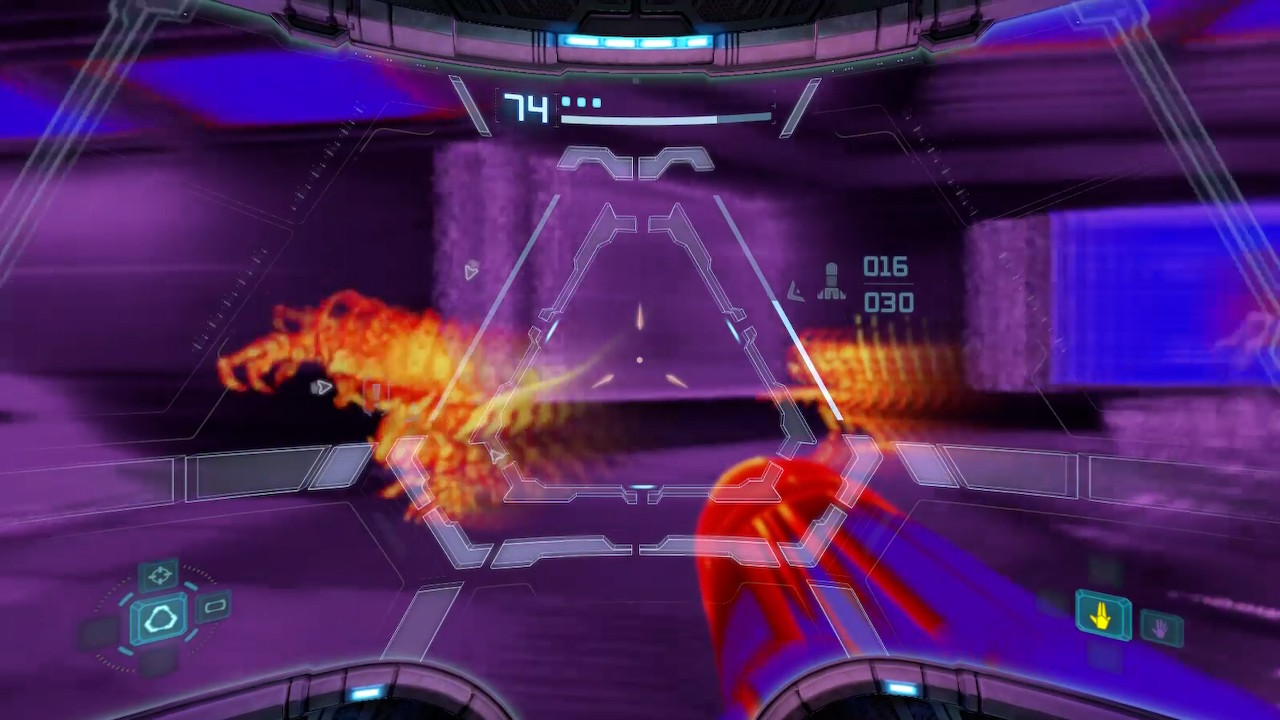
Scanning reveals a lot of interesting information about the environment, and backstory and explains how much of the world works in the Metroid universe. There is a lot to scan and most of it is seemingly written from Samus’ point-of-view and her distant and dry personality shines through it all. She is also not above making a snide comment at the expense of dim-witted Space Pirates either.
The scanning visor is not just a means to fill Metroid Prime with flavor text, it also functions as an activation mechanism for switches and also gives hints on how to defeat certain enemies and bosses too. You’ll need any hint you can on your first time playing because Tallon IV is huge and it isn’t always obvious where to go next.
If you’re stuck after a long enough time, Samus’ computer will give a hint. This feature goes a long way in ensuring anybody can make it to the end in an unintrusive manner. It allows the sense of loneliness to envelope the player just long enough before they can get frustrated by not knowing where to go.
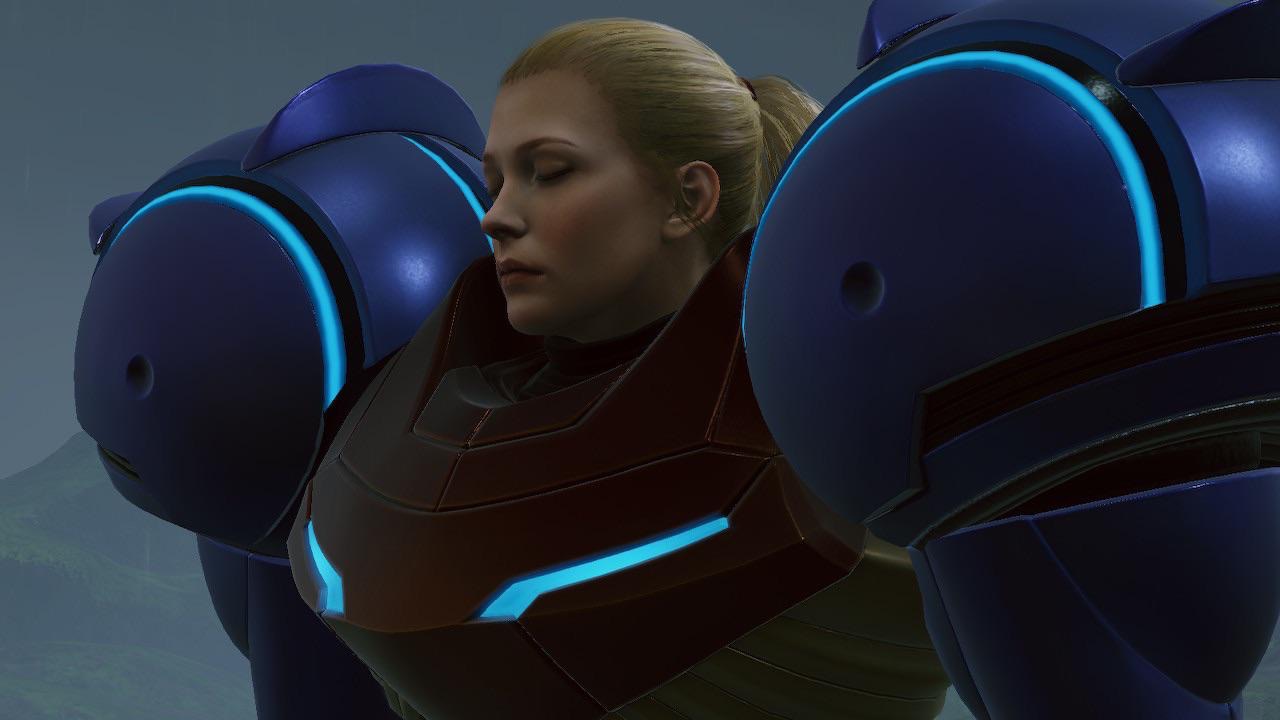
Metroid Prime Remastered took an amazing-looking game and makes it look even better than ever. The core gameplay is as stimulating and immersive as it ever was. Tallon IV is still immersive and the way the environments have players interact with it in different ways with Samus’ abilities keeps the gameplay fresh and varied.
Using the morph ball, speeding up on halfpipes, doing bomb jumps, platforming, finding switches, and getting into scrapes with monsters and aliens is as exciting as it was in 2002. Metroid Prime Remastered is one of the most polished and refined first-person action-adventure games ever made and comparing it to Citizen Kane is still the stupidest statement ever uttered by man.
Metroid Prime Remastered was reviewed on Nintendo Switch using a copy purchased by Niche Gamer. You can find additional information about Niche Gamer’s review/ethics policy here. Metroid Prime Remastered is now available for Nintendo Switch.